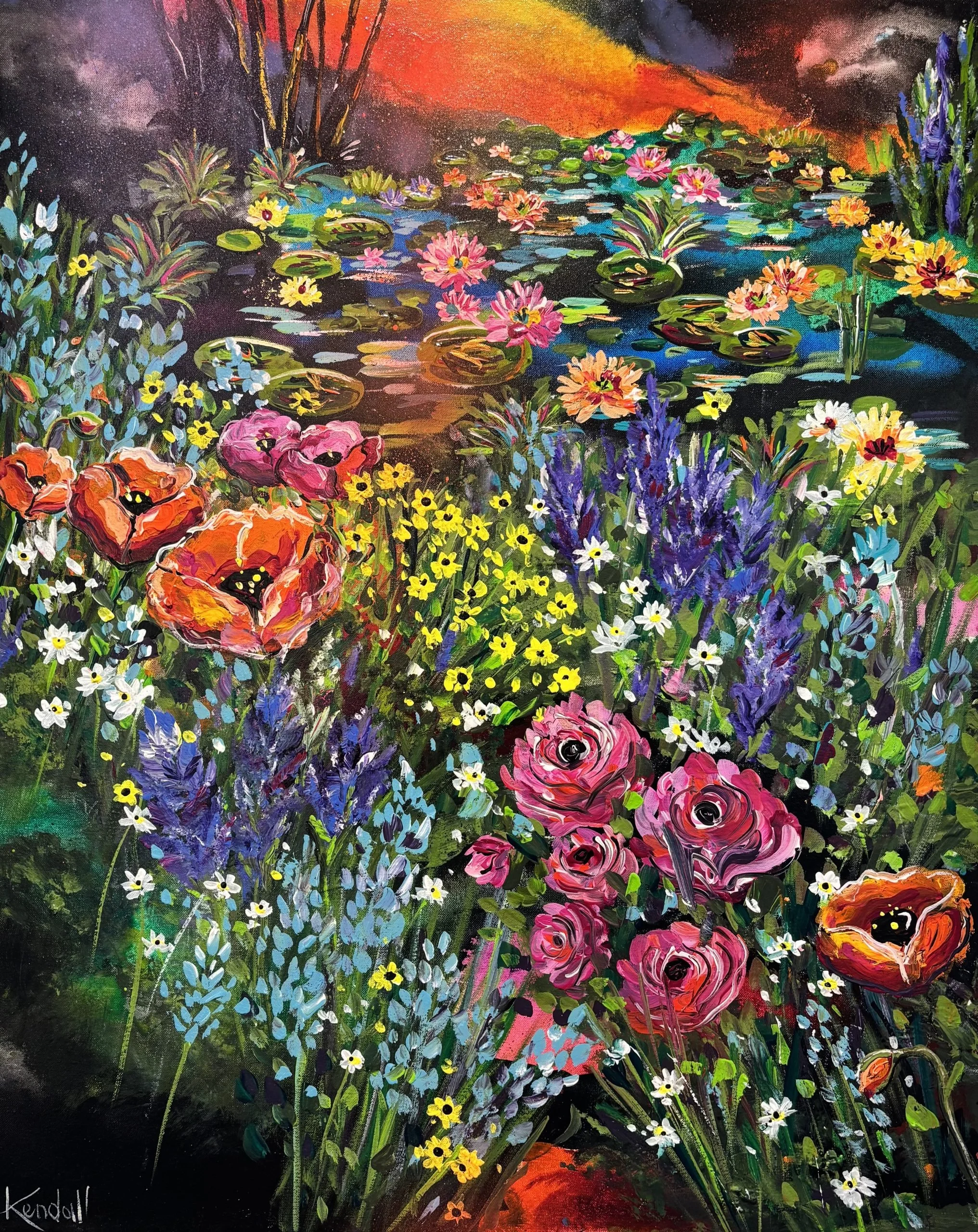Into the Cosmos
Stargazing is simple and accessible to most everyone, and with the arrival of Autumn, stargazing and astrophotography season is officially here; the combination of Toowoomba's clear skies, elevation and low humidity making it the perfect place for observing the night sky.
Annabelle Allpass chats with Professor Jonti Horton, the academic behind UniSQ’s NASA partnership and the University's free Star Gazing nights.
Published 11 April
Photography: Anna Singleton; University of Southern Queensland
In the crisp Toowoomba evening air, there are few things as relaxing as simply looking up. There is a softness in knowing that you are looking up at the same stars as people who lived 5000 years ago - we Toowoomba residents have always known there’s something special here. And, unbeknownst to many of us, so did NASA.
Right under our noses, or perhaps straight over our heads, the Mt Kent Observatory (Queensland's only professional astronomical observatory), is perched atop a hill and is a partner to some of the most prestigious facilities in the world – notably collaborating with NASA, Aarhus University in Denmark, University of Louisville, and the National Aeronautics and Space Research Centre of the Federal Republic of Germany. There are a host of telescopes at the Observatory, including the SONG array - a partnership with Aarhus University. If you can believe it, this telescope is used to study stellar oscillations - the music of the stars.
Professor Jonti Horton beams with pride telling us about this. ‘UniSQ is a world-leading astronomy research institution - with a particular focus in our research on Exoplanets, they’re planets that are orbiting other stars, along with the stars that host them’, He says.
‘The observatory is really a hidden gem of the area - a world-class research facility right on our doorstep - but because it is a full-time research facility, it is normally off-limits.’
He continues, ‘One thing that we're particularly passionate about is sharing our passion for all things astronomy and space - and as a result, we have a heap of outreach programs on the go that allow us to engage with the local community.’
‘Every year, we run a Festival of Astronomy and Space, usually held in the first week of October. That festival features several evenings of free public talks at the university, with presentations from renowned national and international guest speakers, as well as showcasing our own homegrown talent. As part of that festival, we host a 'Curious Kids' panel event in the afternoon, where local kids get to come and have all their questions about astronomy and space answered by our panel of experts - and, so long as the skies are clear, we also run a public observing night on campus, where we do both naked-eye stargazing and have talented guides willing to show our guests the night sky through their telescopes.’
You don’t have to wait until October to get a proper look through a telescope though, the team from the observatory puts on a monthly free star-gazing event. From just after sunset for an hour and a half, you can have a look through one of the professional-grade telescopes that will be pointed into our Autumn night sky. The team will target your view to actual planets, stars and star clusters, nebulae (gas and dust clouds in space), Galaxies, and more – now that's a date night.
During Autumn UniSQ will be hosting stargazing nights Saturday, March 09, April 13 and May 11. Follow Ournightsky Astronomy on Facebook for details and to hear updates on free stargazing nights.









